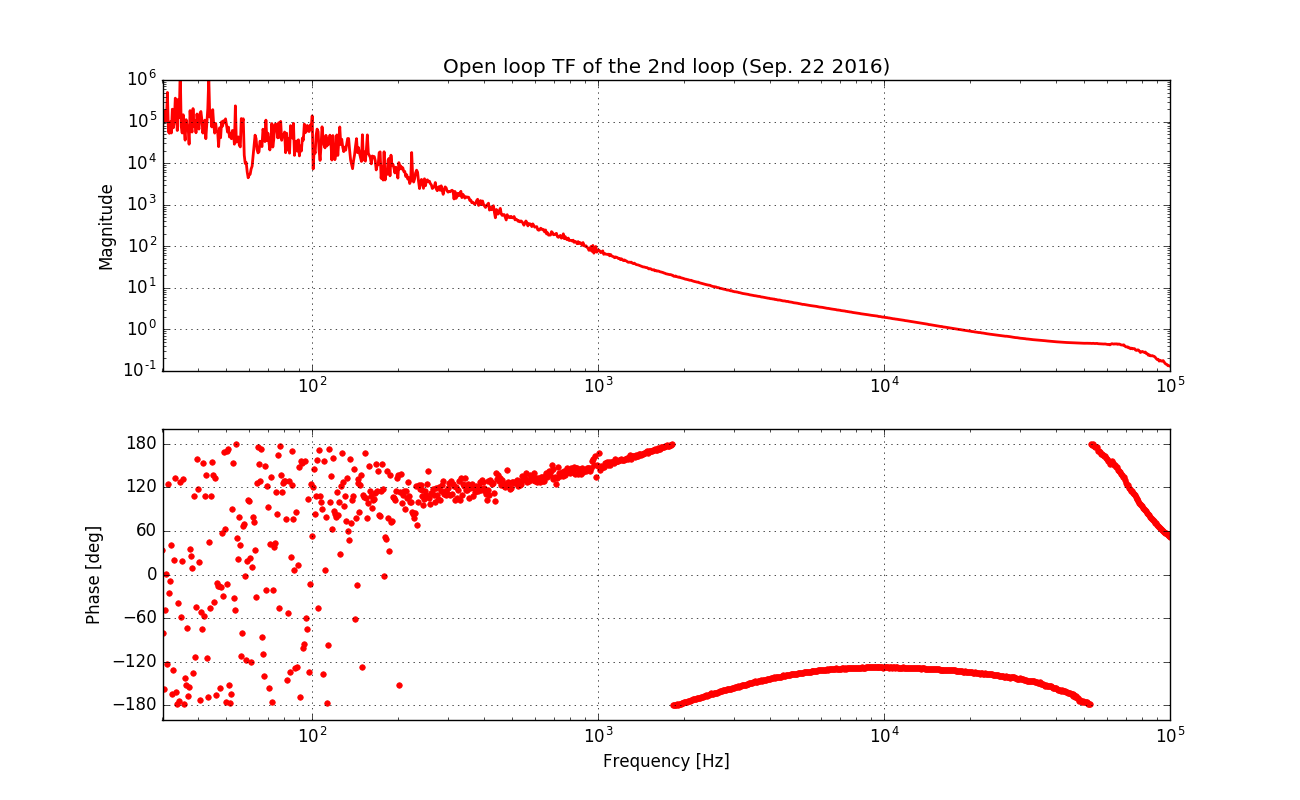After alleviating the clipping of the PCal beams yesterday (aLog 29873), TJ and I performed the end station calibration today during the spontaneous maintenance day period. See attached report for full data, but the good news is that the optical efficiency of both PCal beams has returned to 98%. The previous total optical efficiency for both beams was 62%.


















